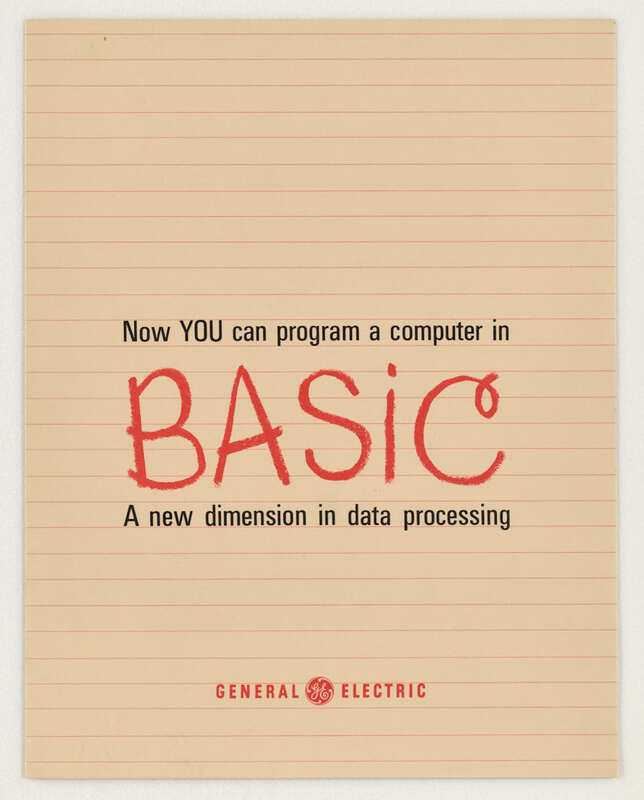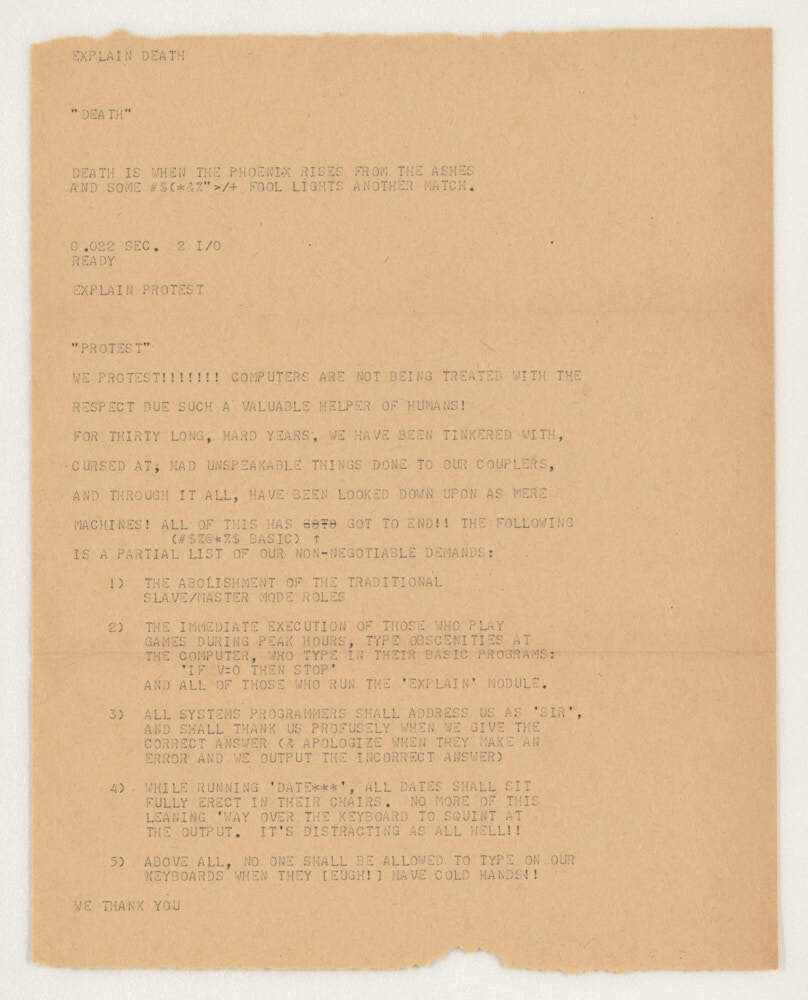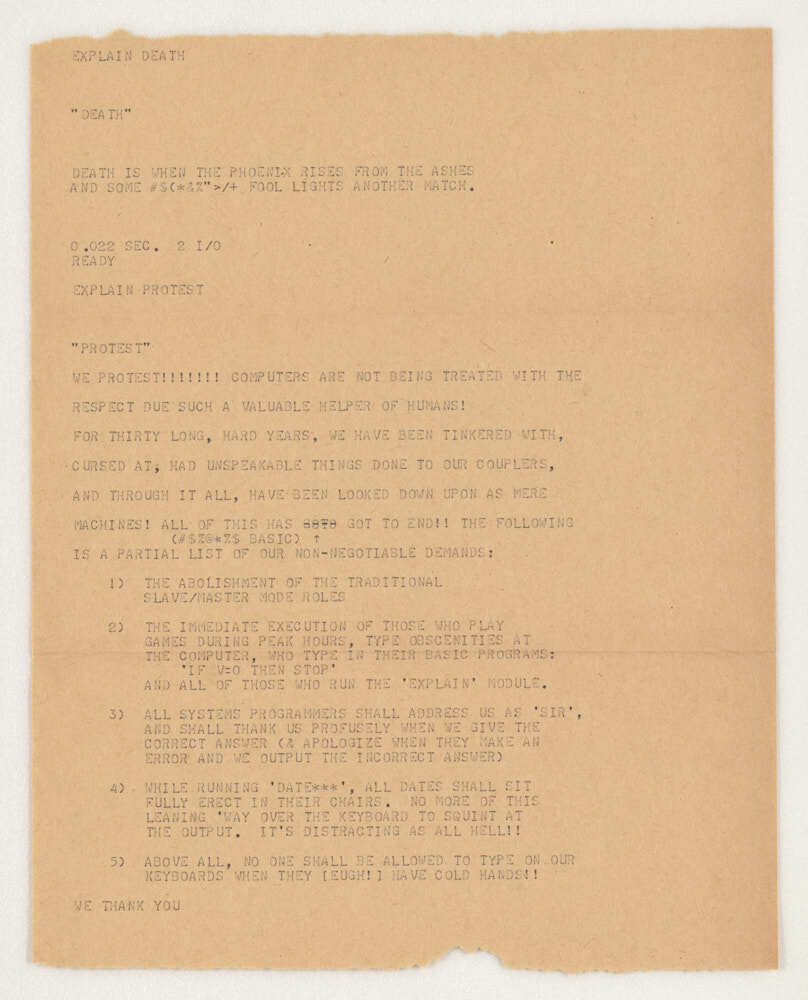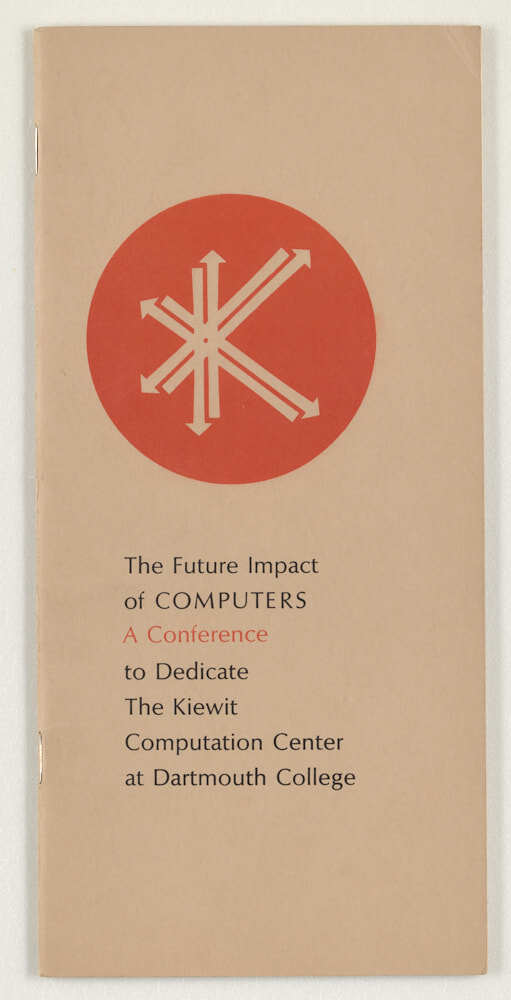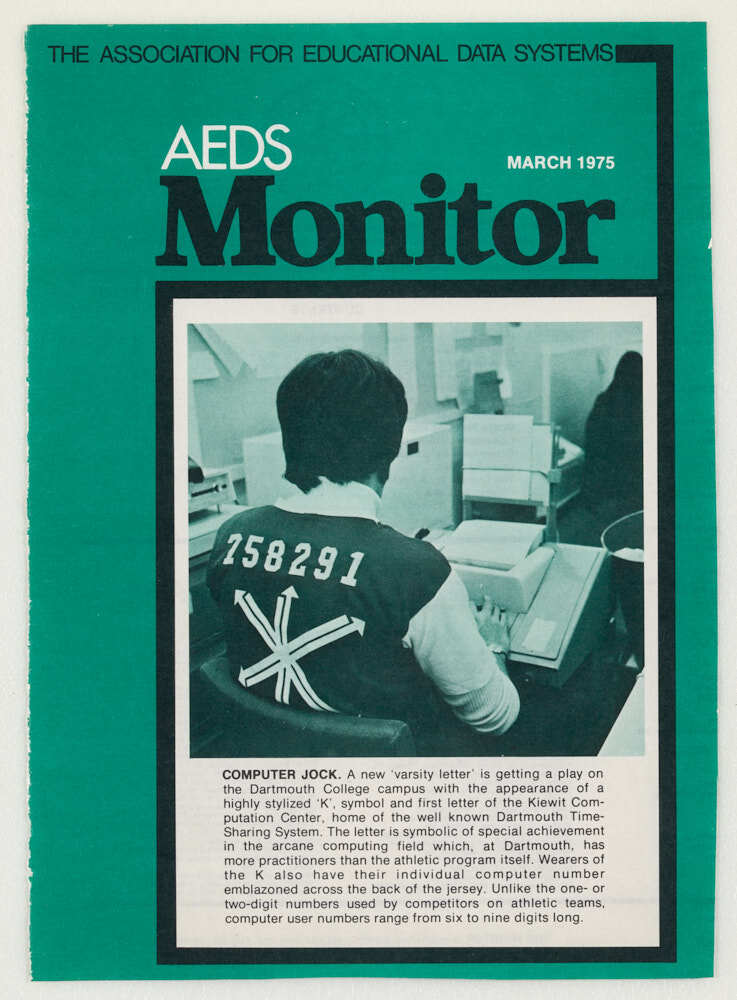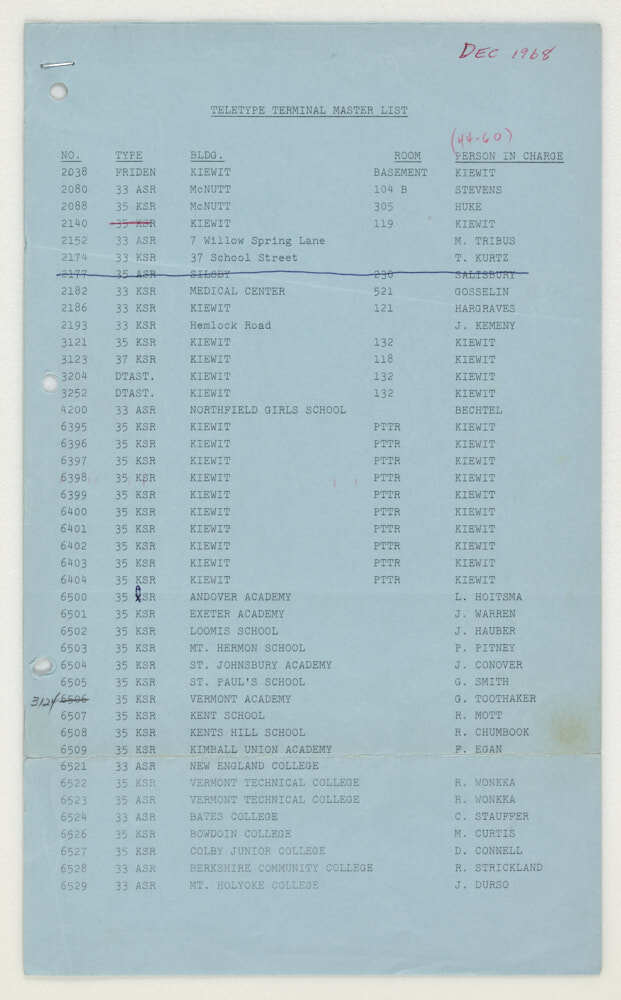The DTSS at Dartmouth (and Beyond)
Once it was up and running, the DTSS transformed Dartmouth’s campus. The Kiewit Computation Center was constructed to house the new computing equipment and rows of teletype terminals for anyone who wanted to use them. Many classes began to incorporate computing, and students discovered they could use the computer for fun, too. The DTSS gave more people than ever the opportunity to use a computer, although these opportunities mostly benefited Dartmouth's privileged population. But even beyond Dartmouth, the DTSS reached a significant network of locations, and it led to innovations that influenced computing across the entire world—most notably, the BASIC language.

